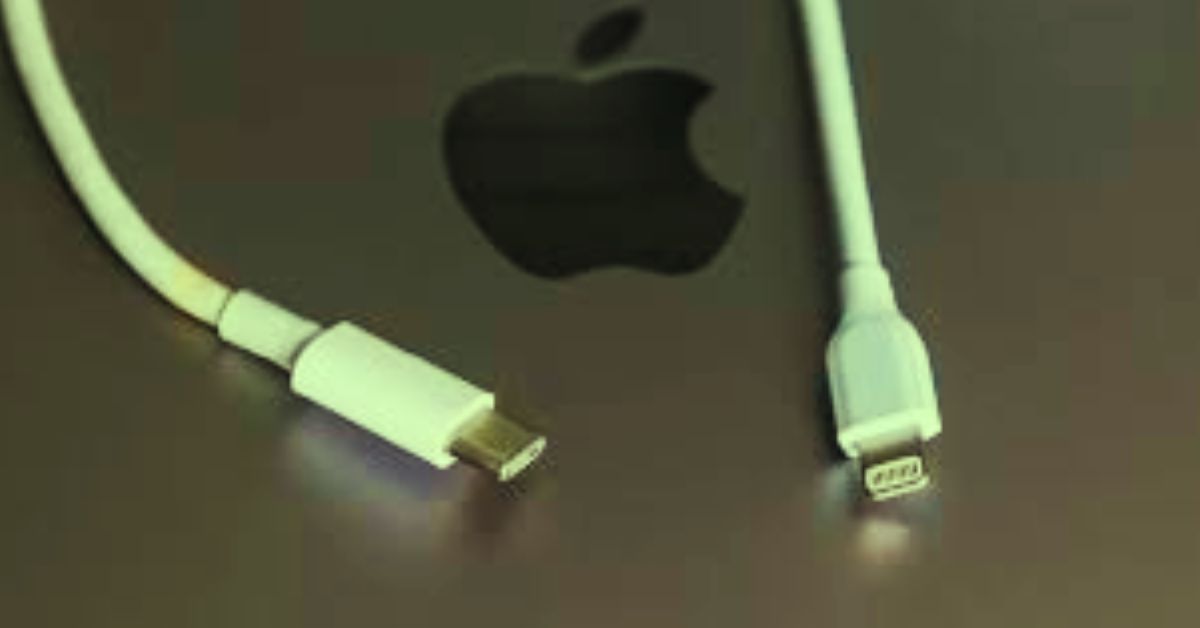In recent years, USB-C has emerged as a universal charging standard, revolutionizing how we power our devices. Whether you’re using a smartphone, tablet, laptop, or even accessories like headphones, USB-C has become the go-to connection method for many users. In this article, we’ll explore everything you need to know about USB-C charging, including its features, benefits, compatibility, and usage tips.
What is USB-C?
USB-C, or USB Type-C, is a universal connector that supports various protocols and functionalities. Unlike its predecessors, USB-A and USB-B, USB-C is reversible, meaning you can plug it in either way, which eliminates the frustration of trying to insert a connector incorrectly.
This versatile connector can transmit power, data, and video signals, making it suitable for a wide range of devices. USB-C is part of the USB 3.1 standard and has become widely adopted in recent years, offering significant improvements over older USB types.
Key Features of USB-C Charging
1. Reversible Design
One of the most appealing features of USB-C is its reversible design. Users no longer need to worry about which way to insert the cable, making it more user-friendly.
2. Faster Data Transfer Speeds
USB-C supports faster data transfer rates, especially with USB 3.1. It can achieve speeds up to 10 Gbps, allowing for quick file transfers between devices. This is particularly beneficial for professionals who handle large files regularly.
3. Higher Power Delivery
USB-C can deliver significantly more power than previous USB standards. It supports USB Power Delivery (USB PD), which can provide up to 100 watts of power. This capability allows users to charge laptops and other high-power devices efficiently, making it a versatile choice for various applications.
4. Versatile Protocols
USB-C supports multiple protocols, including DisplayPort and HDMI, enabling users to connect to displays and transfer video and audio signals. This functionality allows for a seamless experience when connecting devices to monitors or TVs.
Benefits of Using USB-C Charging
1. Universal Compatibility
One of the most significant advantages of USB-C is its compatibility across different devices. Many manufacturers are adopting this standard, meaning you can use a single charger for multiple devices, reducing the clutter of various cables and chargers.
2. Enhanced Charging Efficiency
USB-C charging is more efficient than older standards. The higher power delivery allows devices to charge faster, which is especially important for users who are always on the go. Devices can charge significantly quicker compared to traditional USB charging methods.
3. Future-Proofing
As technology continues to evolve, USB-C is likely to remain the standard for years to come. By adopting USB-C, users can future-proof their devices, ensuring compatibility with upcoming technologies and accessories.
Compatibility Considerations
While USB-C is becoming the standard, it’s important to note that not all USB-C cables and chargers are created equal. Here are a few compatibility considerations to keep in mind:
1. USB Power Delivery (PD)
Not all USB-C cables support USB PD. If you want to take advantage of faster charging, ensure that both your device and cable support this feature. Look for cables labeled as USB PD or check the specifications.
2. Data Transfer Speeds
The data transfer speeds can vary depending on the cable. While USB-C supports high-speed data transfer, not all cables will achieve the same performance. If you need faster transfer speeds, opt for cables that explicitly support USB 3.1.
3. Device Compatibility
While USB-C is widely adopted, older devices may not have USB-C ports. Always check your device’s specifications before purchasing a USB-C charger or cable to ensure compatibility.
Using USB-C Effectively
To make the most of USB-C charging, consider these practical tips:
1. Invest in Quality Cables and Chargers
Always choose high-quality USB-C cables and chargers from reputable brands. Poor-quality cables can lead to overheating, slower charging, or even damage to your devices.
2. Check for Certification
Look for certifications like USB-IF (USB Implementers Forum) when purchasing USB-C accessories. Certified products are more likely to meet safety and performance standards.
3. Use the Right Charger for Your Device
To maximize charging efficiency, use the charger that came with your device or one that matches its power requirements. Using an underpowered charger may result in slower charging times.
4. Keep Your Devices Updated
Ensure your devices have the latest firmware updates. Manufacturers may release updates that improve charging efficiency and compatibility with USB-C.
Conclusion
USB-C is a powerful and versatile charging solution that simplifies the way we connect and power our devices. Its universal compatibility, faster charging capabilities, and ease of use make it an ideal choice for modern technology users. By understanding its features and best practices, you can make the most out of USB-C and enjoy a more efficient charging experience. As this technology continues to evolve, embracing USB-C will undoubtedly enhance your daily interactions with electronic devices.
